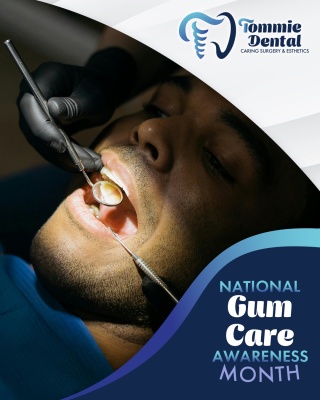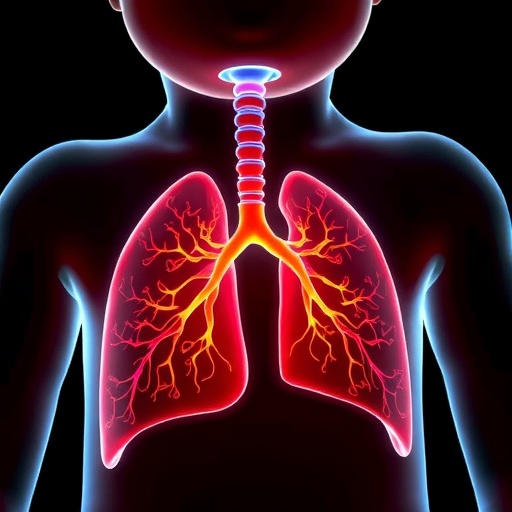Prevention of gum disease can lead to better health | Health

When taking steps toward the betterment of your health, keeping up with the health of your teeth and mouth is important for everyone to remember.
Oral diseases affect about 3.5 billion people around the world, according to a Global Oral Health Status Report published by the World Health Organization. An estimated 1 billion of those people are affected by severe gum disease, or periodontitis.
In the United States, about 42% of the population age 30 years old or older have gum disease and 7.8% of them experience severe gum disease, but it can be prevented, according to Dr. Jason Streem, periodontist at Periodontal Associates, Inc., which has locations in Lyndhurst and Mentor.
“Brush your teeth,” he said. “Brushing after meals helps remove food debris and plaque trapped between your teeth and gums. Use fluoride toothpaste.”
In addition to brushing your teeth, flossing at least once a day to remove food particles and plaque between your teeth where the toothbrush can’t reach and using a mouthwash afterward can help remove anything that might be left behind, Streem added.
Seeing a periodontist regularly – about once a year – for an evaluation and the potential early identification of gum disease symptoms “is key” to ensuring the health of your teeth and gums, he noted.
Fluoride toothpaste and floss are the typical products people use to enhance the health of their mouths, but a powered toothbrush, water pick or flosser, oral irrigator and interdental brushes are also helpful in preventing gum disease, he explained.
While these things can help prevent disease from developing, there some things that can increase your risk of developing gum disease, he added. Smoking, along with age, diet and genetics are all factors that can contribute to your risk of developing gum disease.
After talking with your dentist and periodontist, if you’re diagnosed with gum disease, you can begin your journey of dealing with it with a non-surgical process, he explained.
“Once an accurate diagnosis is made, treatment can begin with nonsurgical treatment to include scaling and root planing which removes calcified plaque from beneath the gum line and smooths the root surfaces,” Streem said.
However, cases in which the patient does not respond favorably to non-surgical methods may require surgical procedures, where the gums will be folded back to allow for the removal of the bacteria contributing to the gum disease and smoothing of any irregular surfaces of the damaged areas before securing the gums back in place, he added. In some severe cases, bone grafts, protein gels and collagen materials can aid in the regeneration of lost bone.
Besides treatment, dentists and periodontists can educate their patients on proper at-home care, as well as the risk factors, and continue to monitor their patients for signs of gum disease, Streem explained.
Keeping up with appointments and oral hygiene can help prevent the development of disease, which can not only impact your mouth, but other aspects of your well-being, he said.
“The impact of gum disease is not confined to the mouth,” Streem said. “Periodontal disease and potential subsequent tooth loss impacts quality of life, speech, nutrition, confidence and overall well-being. The impact of poor oral health on food selection and nutrient intake can lead to malnutrition and frailty.”
link







